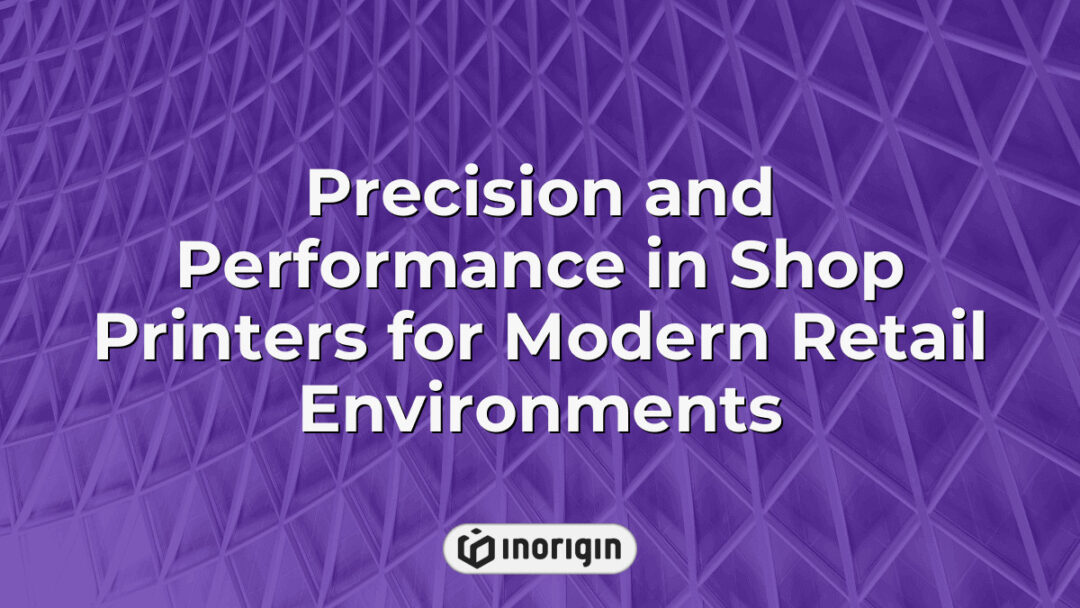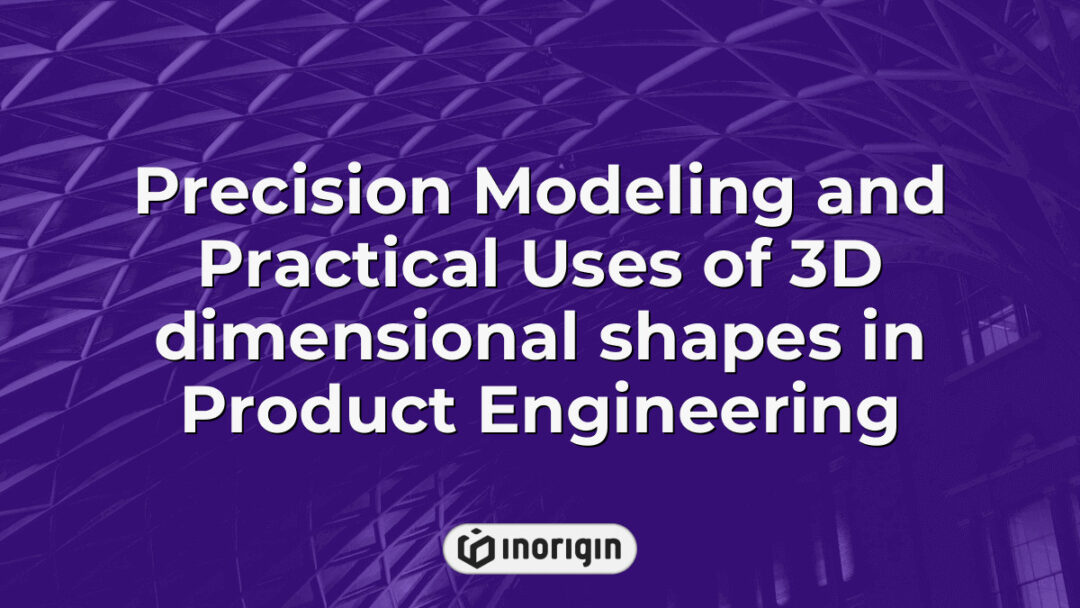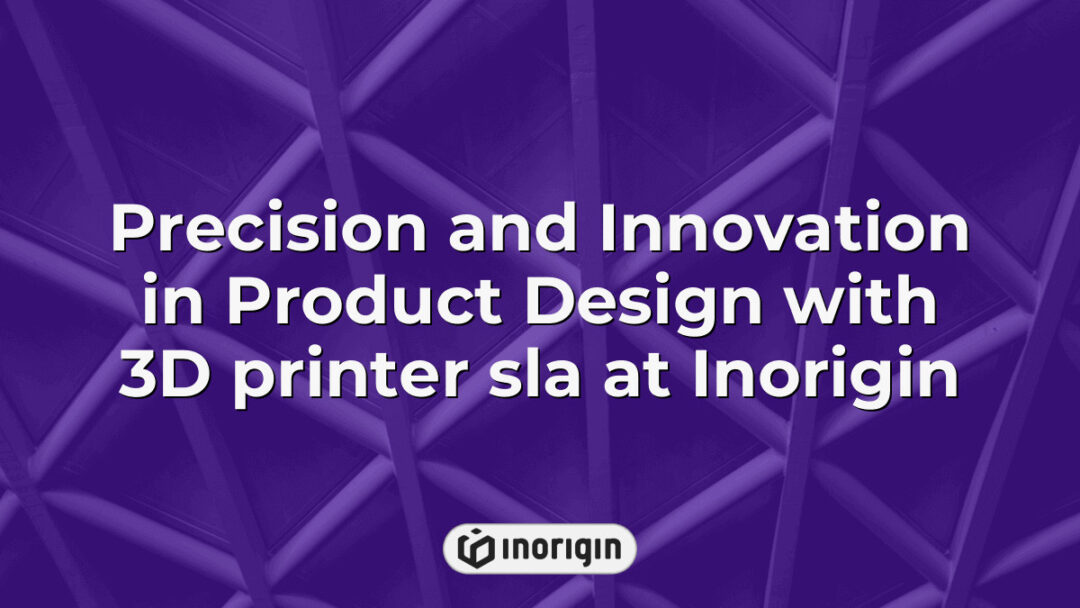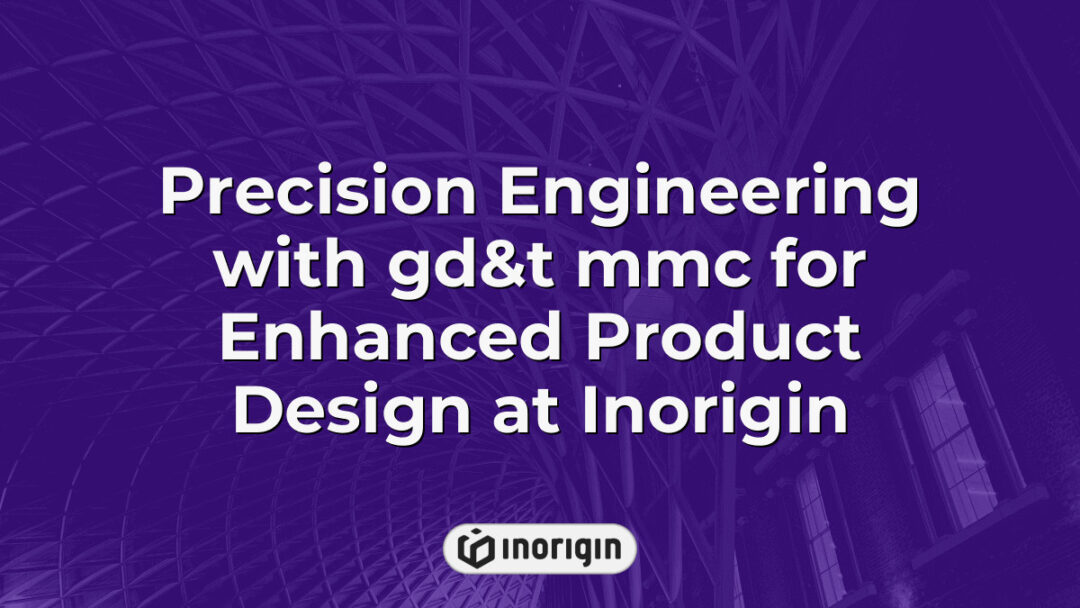In an age where digital communication dominates, the paradox of shop printers emerges; these seemingly outdated machines possess an unparalleled ability to bridge the gap between virtual concepts and tangible realities. Coincidentally, as businesses increasingly prioritize sustainability and efficiency, the role of high-quality printing equipment in enhancing brand visibility and operational productivity has never been more pronounced. The resurgence of interest in physical marketing materials—ranging from bespoke packaging to vibrant promotional graphics—highlights a critical intersection between technology and craftsmanship that defines contemporary commerce. A comprehensive examination of modern shop printers reveals not only their technical advancements but also their essential function in driving innovation within various industries, thus positioning them as indispensable tools for success in today’s competitive marketplace.
| Aspect | Key Takeaway |
|---|---|
| Definition and Importance of Shop Printers | Shop printers play a crucial role in transforming digital designs into physical products, enhancing brand presence and operational productivity in modern commerce. |
| Types of Shop Printers | Various shop printers include inkjet, laser, wide-format, and 3D printers, each offering specific advantages tailored for diverse commercial applications. |
| Key Features for Printer Selection | Optimal printer choice depends on print speed, quality, connectivity options, and cost efficiency to meet specific shop requirements effectively. |
| Maintenance Best Practices | Regular cleaning, timely replacement of consumables, and adherence to manufacturer guidelines ensure reliable performance and extend printer lifespan. |
| Leading Printer Brands | HP, Epson, and Canon provide advanced printing solutions that align with the demands of retail and commercial environments. |
| Cost Efficiency and Long-Term Value | Investing in advanced printers yields long-term savings through reduced operational costs, increased productivity, and minimized waste. |
| Integration and Sustainability Trends | Integrating printers with POS systems and adopting eco-friendly technologies enhances efficiency, reduces environmental impact, and supports business growth. |
Understanding Different Types Of Shop Printers
The realm of shop printers encompasses a diverse array of technologies designed to meet various printing needs in commercial settings. Initially, it is essential to distinguish between inkjet and laser printers; while inkjet printers utilize liquid ink ejected through microscopic nozzles to produce images with high resolution and vibrant colors, laser printers employ toner and heat to fuse the image onto paper, resulting in faster output speeds and lower cost per page for text-heavy documents. Furthermore, wide-format printers serve a specific niche by accommodating larger print media, making them ideal for signage and promotional materials. Additionally, 3D printers have emerged as transformative tools within certain sectors, allowing for the production of three-dimensional prototypes or products from digital models. Transitioning from traditional methods, such as screen printing or offset lithography commonly used in mass production scenarios, modern shop printers offer enhanced flexibility and customization options that cater to evolving market demands. Consequently, understanding these different types of shop printers provides valuable insights into their operational efficiencies and suitability for various applications within the business landscape.
Key Features To Consider When Choosing A Printer
When selecting a printer for shop environments, several key features warrant careful consideration to ensure optimal performance and efficiency. According to recent industry research, approximately 70% of small businesses report that investing in the right printing technology has significantly improved their overall operational productivity. One primary feature is print speed, which directly influences workflow; higher speeds can reduce waiting times and enhance customer satisfaction. Additionally, print quality remains crucial, particularly for shops requiring vibrant colors or precise details in marketing materials. Another important aspect pertains to connectivity options; modern printers equipped with Wi-Fi, Ethernet, and mobile printing capabilities facilitate seamless integration into diverse workspaces. Furthermore, cost-efficiency should not be overlooked; evaluating both initial purchase prices and ongoing maintenance expenses can lead to more sustainable financial decisions over time. Thus, a comprehensive assessment of these characteristics will aid in identifying the most suitable printer tailored to specific shop requirements.
The Benefits Of Using High-Quality Printers In Your Shop
The allure of low-quality printers often lures shop owners into a false sense of security, where the initial cost savings overshadow the long-term implications of subpar performance. However, it is imperative to recognize that utilizing high-quality printers in retail environments can significantly enhance operational efficiency and customer satisfaction. Firstly, high-quality printers are designed to produce superior print resolution and color accuracy, thereby ensuring that marketing materials reflect the professionalism and quality of the products offered. Furthermore, these advanced devices typically come equipped with faster printing speeds and greater reliability, which minimizes downtime and maximizes productivity—a crucial factor for any bustling shop environment. Additionally, incorporating high-quality equipment reduces maintenance costs over time; while cheaper alternatives may require frequent repairs or replacements, investing in robust technology yields dividends through longevity and decreased waste. Ultimately, prioritizing high-quality printing solutions not only bolsters brand image but also contributes positively to overall business performance by aligning operational capabilities with customer expectations.
Comparing Inkjet Vs. Laser Printers For Shop Use
The decision between inkjet and laser printers for shop use can be likened to choosing between a versatile Swiss Army knife and a powerful chainsaw; each has its distinct advantages tailored to specific tasks. Inkjet printers, known for their ability to produce vibrant color images with fine detail, are often favored in environments that require high-quality graphics or photographs. Conversely, laser printers excel in speed and efficiency when handling large volumes of text documents, making them ideal for shops that prioritize rapid output and lower cost per page. Furthermore, while inkjet models typically have lower initial purchase costs, ongoing maintenance expenses associated with ink cartridges can accumulate over time. On the other hand, although laser printers may present a higher upfront investment, they tend to offer greater longevity and reduced operational costs due to toner efficiency. Ultimately, the choice between these printer types hinges on an analysis of specific printing needs within the shop context, including considerations related to volume, print quality requirements, and budget constraints.
Maintenance Tips For Keeping Your Shop Printer In Top Condition
Maintaining a shop printer in optimal condition is akin to ensuring the gears of a well-oiled machine continue to function harmoniously. To achieve this, regular maintenance practices must be implemented systematically. First and foremost, routine cleaning of the print heads and ink cartridges can prevent clogs that impede print quality; this simple yet effective step significantly prolongs the life of both inkjet and laser printers. Additionally, monitoring toner levels and replacing consumables promptly will avert potential disruptions in workflow due to unexpected shortages. Furthermore, it is advisable to keep the printer environment free from dust and debris, as these contaminants can interfere with mechanical components over time. Lastly, adhering to the manufacturer’s guidelines for software updates not only enhances performance but also ensures compatibility with evolving technologies. Through diligent attention to these maintenance strategies, users can safeguard their investment and ensure consistent output quality from their shop printers.
Best Printer Brands For Retail And Commercial Use
The selection of the best printer brands for retail and commercial use is crucial for ensuring operational efficiency and meeting customer demands. Given the diverse requirements of shops, one may ask: which features should be prioritized when choosing a printer? Key factors include print quality, speed, and cost-effectiveness. Leading manufacturers have distinguished themselves in these areas, offering reliable solutions tailored to various business needs. Three prominent brands are outlined below:
- HP (Hewlett-Packard) – Renowned for its extensive range of printers that provide high-quality output with impressive speed, HP models are widely used across many sectors, including retail environments.
- Epson – Known for innovative technologies such as EcoTank systems that minimize ink costs while maintaining superior print performance, Epson offers printers suitable for both small businesses and large-scale operations.
- Canon – With a strong reputation for exceptional color accuracy and durability, Canon printers cater effectively to businesses requiring professional-grade prints.
Considering these options enables retailers to select equipment that not only fulfills their printing needs but also enhances overall productivity within their establishments.
Cost Analysis: Initial Investment Vs. Long-Term Savings
The cost analysis of shop printers reveals a striking dichotomy between the initial investment and long-term savings, underscoring the critical importance of informed financial decision-making in retail and commercial environments. Initially, the purchase price of high-quality printers may appear exorbitant, resembling an insurmountable obstacle on the path to operational efficiency; however, this superficial expense belies deeper economic considerations. As businesses delve into total cost of ownership (TCO), which encompasses maintenance costs, consumables, energy consumption, and potential downtime associated with lower-end models, a more nuanced understanding emerges. For instance, investing in advanced printing technology often leads to substantial reductions in per-page costs over time while simultaneously enhancing productivity through faster output rates and superior print quality. Furthermore, when factoring in benefits such as reduced waste generation and improved customer satisfaction stemming from reliable service delivery, it becomes evident that what initially seems like a prohibitive expenditure can translate into significant savings across the printer’s lifecycle. Thus, an analytical approach to evaluating these variables not only elucidates the true value proposition but also empowers businesses to make strategic choices that align with their long-term operational goals.
Integrating Printers With Your Point Of Sale System
Integrating printers with a point of sale (POS) system represents a critical advancement in retail and service operations, enhancing efficiency and improving customer experiences. This integration facilitates streamlined transaction processes by enabling direct communication between the POS software and printing devices, allowing for immediate receipt generation and inventory tracking. Furthermore, as businesses adopt modern POS systems that incorporate cloud-based solutions, the need for reliable printer connectivity becomes increasingly paramount. Notably, utilizing thermal printers within this framework can significantly reduce paper costs while ensuring high-speed printing capabilities. Additionally, integrating printers allows for customization options such as branded receipts or promotional coupons that can be automatically included during transactions. As technology continues to evolve, it is essential for businesses to assess their current systems and explore compatible printing solutions that align with operational goals and enhance overall productivity.
Eco-Friendly Printing Solutions For Shops
Eco-friendly printing solutions for shops represent a significant advancement in sustainable business practices, addressing both environmental concerns and operational efficiency. As awareness of ecological impacts rises among consumers and businesses alike, the adoption of green technologies becomes increasingly critical. Notably, eco-friendly printers utilize less energy, produce lower emissions, and often incorporate recycled materials into their manufacturing processes. Furthermore, these printers are frequently designed to minimize waste through features such as duplex printing capabilities and the use of biodegradable or recyclable consumables. Additionally, many modern eco-friendly models provide high-quality output that meets commercial standards while simultaneously reducing the carbon footprint associated with traditional printing methods. Consequently, implementing eco-friendly printing solutions not only aligns with global sustainability goals but also enhances a shop’s reputation as a responsible entity in an environmentally conscious marketplace.
Future Trends In Shop Printing Technology
The adage "the pen is mightier than the sword" underscores the transformative power of communication, a principle that extends to the realm of shop printing technology. As businesses evolve in response to consumer demands and environmental considerations, several future trends are emerging within this sector. Firstly, advancements in digital printing technologies are facilitating faster production times and greater customization options, enabling shops to meet individualized customer needs more effectively. Furthermore, there is an increasing emphasis on sustainability; innovations such as biodegradable inks and energy-efficient printers are becoming commonplace as retailers seek to reduce their ecological footprint. Additionally, integration with online platforms is enhancing operational efficiency by allowing for seamless order processing and inventory management. Collectively, these trends illustrate a shift towards a more adaptable and responsible approach to shop printing technology, reflecting broader societal changes and technological advancements.
Frequently Asked Questions
What Are The Common Issues That Can Arise With Shop Printers, And How Can They Be Quickly Resolved?
Shop printers, integral to the operational efficiency of many retail environments, often encounter a variety of issues that can disrupt workflow and productivity. For instance, consider a hypothetical scenario in which a busy print shop experiences frequent paper jams during peak hours. Such occurrences not only delay production but also lead to increased frustration among employees who rely on these machines for timely output. Common problems associated with shop printers include misalignment, ink smudging, connectivity failures, and slow printing speeds. These complications may arise from inadequate maintenance practices or improper use of materials; thus, regular servicing and adherence to manufacturer guidelines are essential preventative measures. Moreover, implementing routine troubleshooting steps—such as clearing debris from feed rollers or updating printer drivers—can expedite resolution times when issues do occur. Furthermore, ensuring an optimal supply chain for consumables like ink and paper minimizes the risk of performance-related setbacks. Addressing these common challenges effectively enhances operational continuity within retail settings where time-sensitive tasks demand prompt attention and reliability from equipment utilized daily.
How Do Shop Printers Handle Different Paper Sizes And Types?
Shop printers adeptly manage various paper sizes and types through a combination of sophisticated technology, versatile design features, and user-friendly interfaces. First, many modern shop printers are equipped with adjustable feed mechanisms that accommodate a range of paper dimensions, from standard letter-size sheets to larger formats such as posters or banners. Furthermore, these devices often include multiple input trays designed specifically for different media types, enabling seamless transitions between glossy photo paper, cardstock, and recycled materials. Additionally, advanced software solutions facilitate the selection of appropriate settings for each specific type of paper, ensuring optimal print quality while minimizing waste. Moreover, some shop printers incorporate sensors that automatically detect the thickness and weight of the loaded media, further enhancing compatibility with diverse printing requirements. The integration of these functionalities not only streamlines the printing process but also allows businesses to expand their service offerings by catering to an array of customer needs regarding paper size and type.
Conclusion
Selecting the appropriate printer for a shop environment significantly influences operational efficiency and customer satisfaction. For instance, a case study of a retail chain that transitioned from inkjet to laser printers demonstrated reduced printing costs by 30% annually while enhancing print quality and speed, ultimately improving overall business performance.
Related posts:
- Engineered Products a Paper Company Integrates for Sustainable Manufacturing Excellence
- Accessing Advanced Prototyping Solutions at a 3D Printer Shop Near Me
- Thermal Printer Technologies Shaping Precision Labeling and Packaging Solutions
- Printer free Lifestyle Benefits for Efficient and Sustainable Document Management
- Innovative Strategies for Building a Thriving 3D Printing Shop
- Superior Material Options and Precision at a 3D print shop near me in Patra




